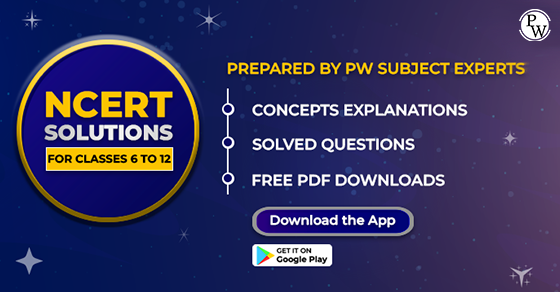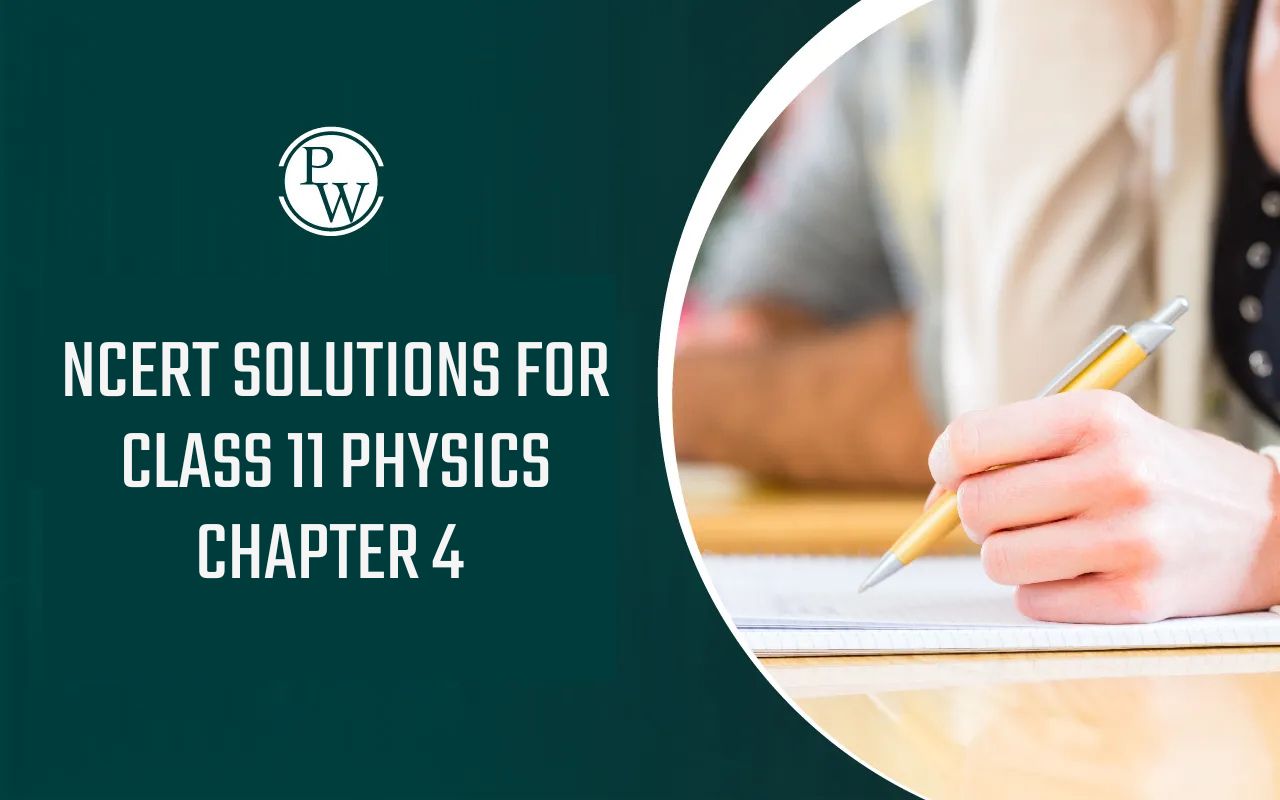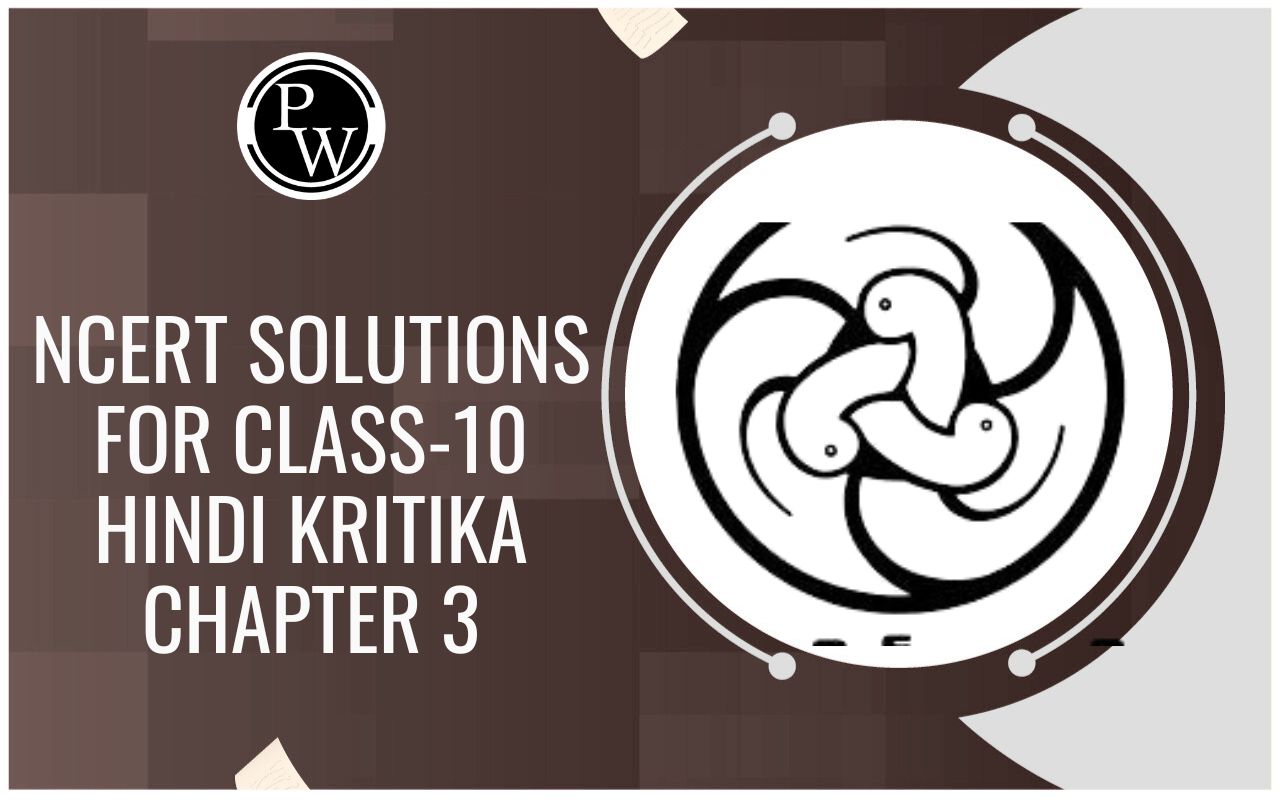
Circulatory System of Cockroach
Anatomy of Earthworm,Cockroach & Frog of Class 11
Circulatory System
Blood-vascular system is open and lacunar type. Body cavity contains blood, which bathes viscera in it therefore known as haemocoel. Blood-vascular system consists of a tubular heart, a blood vessel called anterior aorta and a system of ill- defined blood spaces or sinuses.
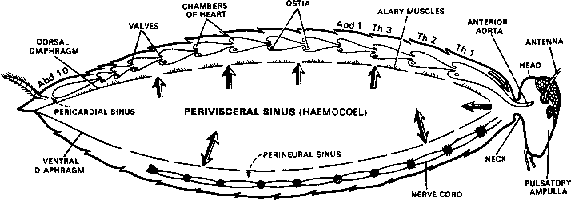
Fig. Blood vascular system of Cockroach (diagrammatic)
Heart
- A long elongated tube situated in the mid-dorsal line of thorax and the abdomen immediatly beneath the terga.
- Heart consists of thirteen chambers. The last two posterior chambers are very small. The chambers are separated from one another by deep constrictions.
- The opening of each chamber into another is guarded with valves which allow blood from behind forward.
The Blood Sinuses
- The large body cavity or haemocoel is divided by two membranous horizontal partitions, into three wide and flattened sinuses. The dorsal pericardial sinus containing the heart.
- The middle perivisceral sinus containing the gut, ventral perineural sinus or sternal sinus containing the nerve cord.
- The partition between pericardial and perivisceral sinuses is called dorsal diaphragm and between perivisceral and perineural sinuses is called ventral diaphragm.
- The sinuses intercommunicate by pores in the respective diaphragms.
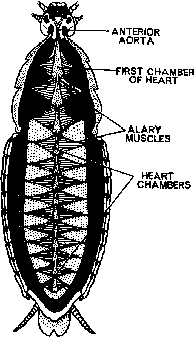
Fig. Alary muscles in Cockroach
- A pair of fan-like, triangular alary muscles in the floor of the pericardial sinus in each segment reinforce the dorsal diaphragm by their broad bases and also connect it, by their pointed tips with the tergite of the segment.
Circulation of Haemolymph
(a) From the pericardial sinus, the haemolymph enters into heart through ostia. When the heart is filled it contracts from behind forwards. This is its systole phase. Soon the heart becomes
normal in its diastole phase. Then the next systole follows after a short interval called diastasis. Thus, heart pulsates about 50 times/minute.
(b) During systole, the valve-like ostia close, prevent back-flow of haemolymph into the pericardial sinus. Therefore, some of its haemolymph is pumped into segmental vessels, while
most of it is poured into the head sinus through the terminally opening anterior aorta.
(c) From the head sinus, the haemolymph flows backwards into the thorax and abdomen. While flowing backwards from head sinus, the haemolymph remains in the ventral part due to
presence of oesophagus in dorsal part and so it fills into the perineural sinus.
(d) From the perineural sinus, the haemolymph, now flows into the perivisceral sinus through the pores of ventral diaphragm in abdominal region.
(e) Then from perivisceral sinus, it flows into pericardial sinus through the pores of dorsal diaphragm. Then, during heart’s diastole, it fills in the heart through the ostia.
Blood or Haemolymph
Blood or haemolymph has a clear plasma and numerous corpuscles called haemocytes. Being devoid of any respiratory pigment, it does not serve for gaseous exchange. Its plasma contains about 70% water, rest of it is composed of amino acids, uric acid, proteins, sugars, fats and salts of Na, K, Ca and Mg. Transportation of these materials between different parts of the body is the main function of haemolymph.
Fat Body
A large and white, diffused fat body, divided into numerous flattened and solid lobules, fills most of the perivisceral sinuses around the gut. It is bounded by a fine membranous covering of connective tissue. Each lobule contains several types of cells — trophocytes, mycetocytes, oenocytes and urate cells performing various functions. The fat body of cockroach is functionally analogous to the liver of vertebrates.

